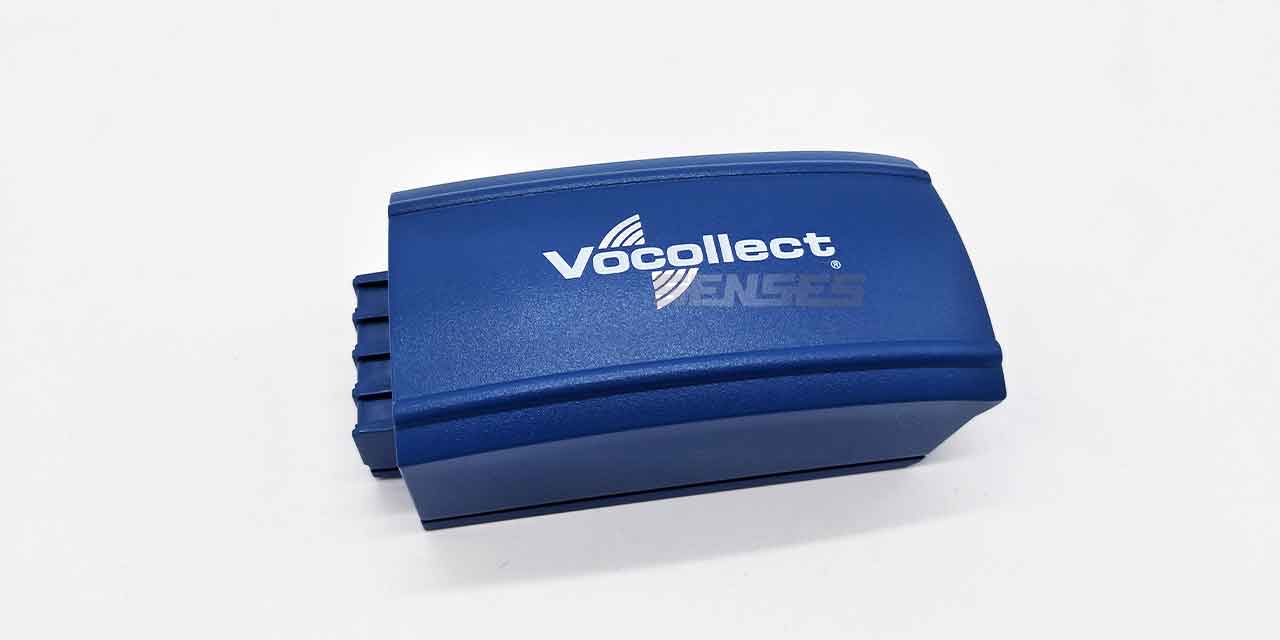Injection molding is fundamentally vital in the electronics industry, renowned for its high-volume, consistent production capabilities. This process is crucial in satisfying the growing demand for electronic devices, ensuring consistent quality even as production expands.
The process excels in manufacturing complex plastic components crucial to electronic devices, meeting precise standards for connectivity and functionality. Injection molding guarantees uniformity in these components across extensive production runs, maintaining high quality in every piece.
In producing electronic housing systems, injection molding is particularly noted for its ability to create robust, long-lasting casings that safeguard sensitive electronic parts. These enclosures are designed to offer structural support, environmental protection, and, in some cases, thermal management.

What is Injection Molding?
Injection molding involves injecting molten plastic material into a mold where it cools and solidifies into the desired shape. The process offers remarkable design flexibility, capable of producing parts with intricate shapes and rich details. Although the initial cost for molds can be substantial, the cost per unit during mass production is significantly reduced, making it economically viable for large-scale manufacturing. The technique is prevalent across various industries, prominently including medical devices, automotive components, and consumer electronics, among others.
Process Steps:
The journey of injection molding begins with the preparation of plastic pellets, usually thermoplastics, chosen for their specific properties such as strength, flexibility, or heat resistance. These pellets are heated until they reach a molten state. The molten plastic is then injected into a meticulously designed mold under high pressure. Inside the mold, the plastic cools and solidifies, taking the shape of the cavity. Once the material has fully solidified, the newly formed part is ejected from the mold, ready for any further processing or assembly if required.
Why Is Injection Molding the Optimal Choice for Manufacturing Electronic Components?
Injection molding is ideally suited for electronic components. It provides a wide range of polymers, each with specific properties like high heat resistance and electrical insulation, catering to the unique requirements of each component. The materials are durable and heat-resistant, ensuring the longevity and reliability of components under stress. Additionally, the excellent electrical insulation properties of these plastics enhance the safety and functionality of electronic devices. Despite these significant advantages, injection molding remains a cost-efficient method, particularly beneficial for the mass production of electronic items, making it a preferred choice in the electronics manufacturing industry.

Applications of Injection Molded Plastic Electronic Components Industries
These components are foundational in various industries and products, including:
- Consumer Electronics: Devices such as smartphones, tablets, laptops, and cameras heavily rely on injection molded plastic parts. These components form structural frames, buttons, and housing for circuit boards and other delicate internals.
- Automotive Industry: Modern vehicles incorporate numerous injection molded plastic parts for dashboards, entertainment system housings, switches, and connectors, benefitting from the material’s durability and lightweight nature.
- Medical Devices: Injection molding is used to create components for medical devices where precision and sterility are paramount. This includes casings for monitors, imaging devices, and handheld diagnostic instruments.
- Home Appliances: Large and small home appliances, including washing machines, coffee makers, and blenders, utilize injection molded parts for structural components, knobs, and housing for electronic circuitry.
- Industrial Equipment: In sectors like construction and manufacturing, injection molded components are used in electronic measuring devices, control systems, and automation components, where durability and precision are critical.
- Telecommunications: Components for network devices, routers, and remote controls are often produced using injection molding, offering durability and the ability to withstand frequent use.
- Toys and Recreational Products: Durable and versatile, injection molded parts are used in electronic toys, game consoles, and sports equipment, where they provide safety, functionality, and aesthetic appeal.
- Aerospace and Defense: Injection molding contributes to the production of high-strength, precision parts for electronics used in critical applications, including navigation systems, communication devices, and control systems.
In each of these applications, injection molded plastic electronic components are chosen for their ability to be tailored to specific requirements, making them a ubiquitous choice in the design and manufacture of electronic devices and systems.
Senses: Your Partner in Injection Molding Solutions
Senses is an ISO 9001:2015 certified plastic injection molding company, offering a comprehensive array of services including mold and part design, prototyping, small-batch production, and full-scale manufacturing. We serve a diverse range of industries, encompassing automotive, medical, and consumer electronics. Our focus is on ensuring each product we deliver meets the highest standards of quality and functionality.
For personalized solutions and expert consultation, reach out to us today at info@senseschina.com.





